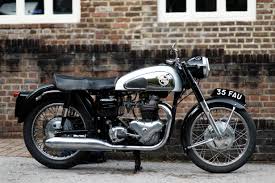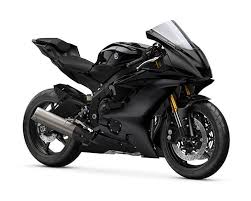Types of Motorcycles
Before you can choose the right bike, it’s essential to understand the different types available. Each category has its unique features and is designed for a particular purpose.
1. Cruisers
Cruisers are known for their relaxed riding position, wide handlebars, and low seat height. They’re perfect for casual rides and offer great comfort for long-distance cruising. Popular brands include Harley-Davidson and Indian.
2. Sport Bikes
If speed and agility are your priorities, sport bikes might be your calling. They’re designed for performance, with lightweight frames, high-revving engines, and aggressive riding postures. Brands like Yamaha, Kawasaki, and Ducati are favorites here.
3. Touring Motorcycles
Touring bikes are built for comfort and long-haul travel. They feature large windshields, comfy seats, storage compartments, and advanced technology. Honda Gold Wing and BMW K1600 are prime examples.
4. Adventure (ADV) and Dual-Sport
Designed for both on-road and off-road riding, adventure and dual-sport motorcycles are versatile and durable. ADV bikes like the BMW GS series are suited for long-distance travel, while dual-sports like the Kawasaki KLR are more rugged.
5. Standard (Naked) Motorcycles
Standards, or naked bikes, offer a balanced mix of performance, comfort, and style. With upright riding positions and minimalist designs, they’re ideal for daily commuting and casual rides.
6. Café Racers and Retro Bikes
Café racers bring a vintage charm with a focus on minimalist aesthetics and lightweight frames. If you’re drawn to classic looks, check out models from Royal Enfield or Triumph.
Key Features to Consider
When choosing a motorcycle, pay attention to these essential features:
-
Engine Size and Power: Choose an engine displacement (measured in cc) that matches your skill level and intended use. Beginners may prefer 300-500cc, while experienced riders might go for 600cc and above.
-
Weight and Seat Height: Heavier bikes may feel more stable at high speeds but can be harder to handle. Seat height should allow your feet to touch the ground comfortably.
-
Technology and Safety: Look for ABS, traction control, ride modes, and smartphone connectivity for a safer and more enjoyable ride.
-
Comfort and Ergonomics: Consider handlebar height, footpeg positioning, and seat padding for longer rides.
Tips for Choosing the Perfect Ride
1. Define Your Purpose
Are you planning weekend getaways, city commutes, or off-road adventures? Your riding goals will narrow down your choices.
2. Consider Your Experience Level
Beginners should start with lighter, less powerful bikes to build confidence and skills.
3. Budget Wisely
Beyond the bike’s purchase price, factor in insurance, maintenance, riding gear, and fuel costs.
4. Test Ride Multiple Models
Visit dealerships and test ride several models to feel their handling and comfort.
5. Check for Fit and Comfort
Ensure the bike’s ergonomics suit your body size and posture. Pay attention to how it feels when stationary and in motion.
6. Research Reviews and Ratings
Look up user reviews and expert opinions to get a sense of real-world performance and reliability.
Essential Gear and Safety Tips
Regardless of the bike you choose, prioritize safety:
-
Helmet: Always wear a certified helmet (DOT, ECE, Snell).
-
Protective Clothing: Invest in armored jackets, gloves, pants, and boots.
-
Riding Courses: Enroll in motorcycle safety courses to improve skills and confidence.
-
Insurance: Get adequate coverage for yourself and your bike.






Comments (0)